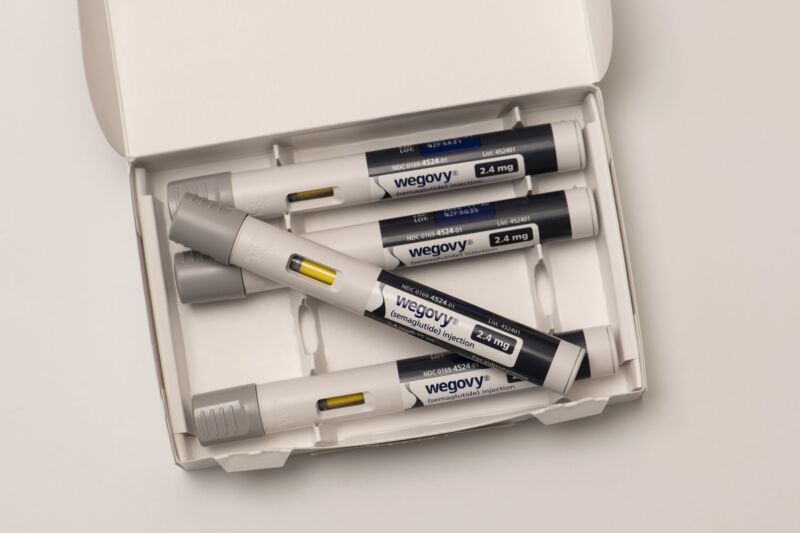— Patient’s back looked as though it had been flogged: “Once you see it, you don’t forget it”
by
Kristina Fiore, Director of Enterprise & Investigative Reporting, MedPage Today
October 11, 2023
Eglė Janušonytė, MD, was the dermatology resident on call when a 72-year-old man with an odd and itchy rash on his back presented to the emergency department at Geneva University Hospitals in Switzerland.
He’d had the rash for 2 days and it hadn’t responded to the antihistamines and prednisone that had been prescribed by his general practitioner. The itching was so intense that he couldn’t sleep, the patient told the doctors.
On top of that, the pattern of the rash was odd, resembling lashes from a whip — which in dermatology is known as flagellate erythema. It covered his back and his upper buttocks, according to an “Images in Clinical Medicine” report by Janušonytė and Jöri Pünchera, MD, also of Geneva University Hospitals, in the New England Journal of Medicine.
There was no adenopathy, dermographism, or mucosal involvement, so Janušonytė’s mind went to a diagnosis that they see about once a year in their hospital. She initiated a full medical history to confirm whether her suspicions were correct.
“We inquired whether the patient had eaten at an Asian-style restaurant, but he had not,” Janušonytė told MedPage Today. “But then he said that he did try a new recipe involving shiitake mushrooms that he himself had purchased and prepared 2 days before this rash onset.”
With this type of clinical presentation in dermatology, doctors must consider three other possibilities in their differential diagnosis, Janušonytė said. For one, this type of rash could be caused by exposure to bleomycin, an antibiotic that’s used as a chemotherapy drug. In rare cases, it can be caused by dermatomyositis, or by adult-onset Still’s disease.
The patient wasn’t taking bleomycin, and the other two diagnoses didn’t have any supporting clinical signs, she said. So she and her team diagnosed shiitake dermatitis, which can occur after consumption of raw or undercooked shiitake mushrooms.
It’s theorized that a polysaccharide in the cell wall of the shiitake mushroom called lentinan can activate the secretion of interleukin-1, which can lead to vasodilation and development of the rash, she explained. Typically, lentinan is destroyed by heat when it’s cooked, but it’s possible that the mushrooms were undercooked or that some other factor could be at play.
Janušonytė also noted that not every instance of eating raw or undercooked shiitake mushrooms will lead to development of a rash. “There’s no study that has been done as to whether there could be a genetic predisposition,” she noted, adding that results of skin prick and oral challenge testing have not always been consistent, either.
She and her team reassured the patient that the rash would be self-limiting, and they prescribed topical glucocorticoids and oral antihistamines to relieve his symptoms.
At his 2-week follow-up, they saw that some areas of the residual rash remained, but the patient was no longer itchy.
“If you do your medical history well, it won’t be necessary to carry out additional tests and have close follow-up and so on,” Janušonytė said. “It’s an interesting case to have in mind and I think it’s very useful in clinical practice, not only for dermatologists, but also for general practitioners, because once you see it, you don’t forget it.”
-
![author['full_name']](https://clf1.medpagetoday.com/media/images/author/kristinaFiore_188.jpg)
Kristina Fiore leads MedPage’s enterprise & investigative reporting team. She’s been a medical journalist for more than a decade and her work has been recognized by Barlett & Steele, AHCJ, SABEW, and others. Send story tips to k.fiore@medpagetoday.com. Follow
Primary Source
New England Journal of Medicine
Source Reference: Janušonyte E, Pünchera J “Shiitake dermatitis” N Engl J Med 2023; DOI: 10.1056/NEJMicm2304409.










